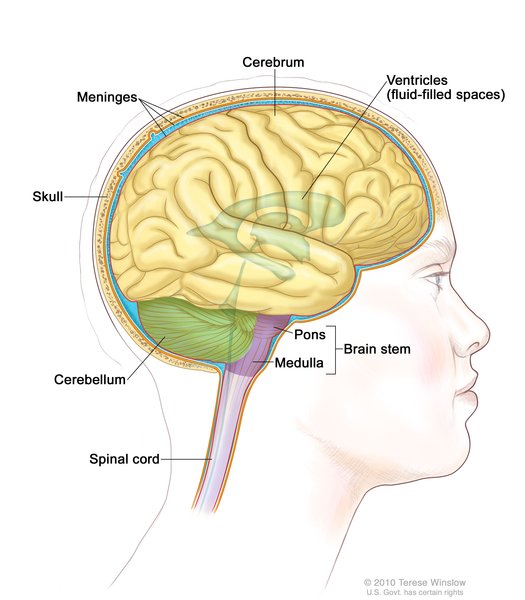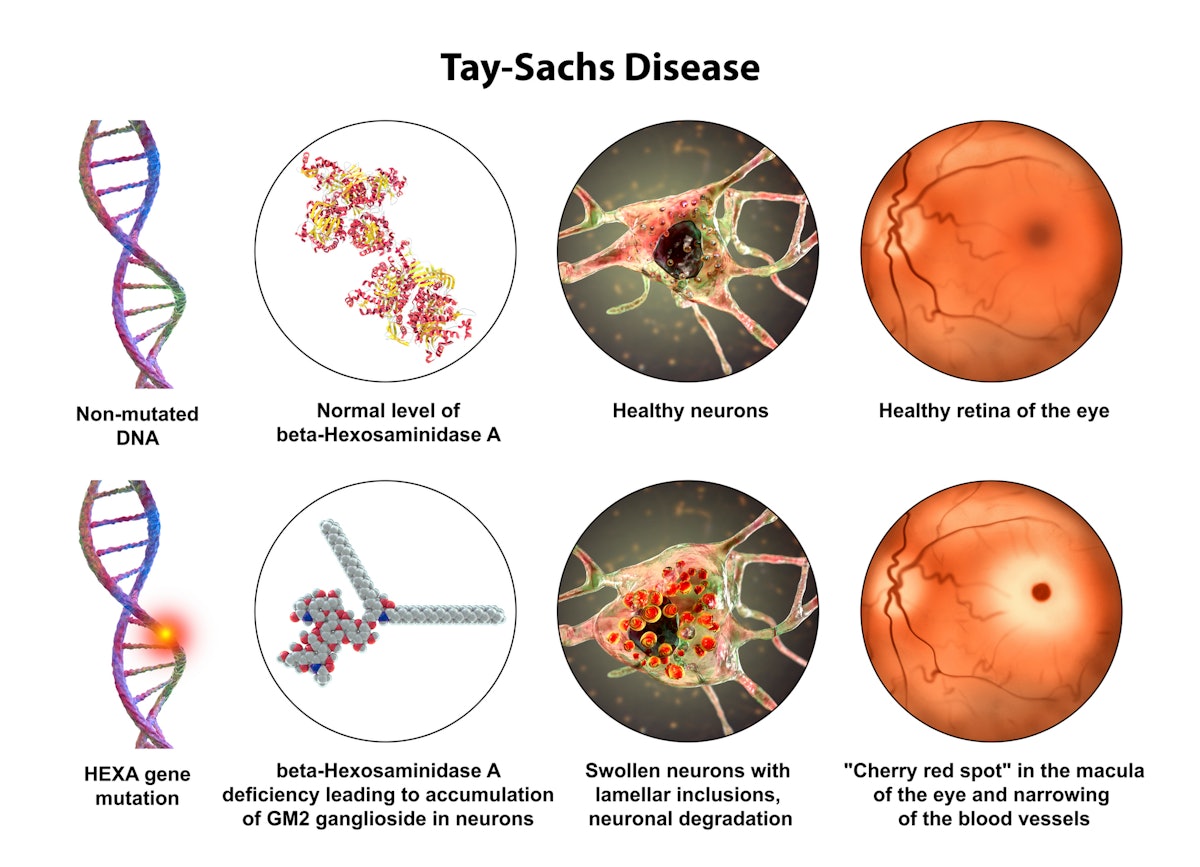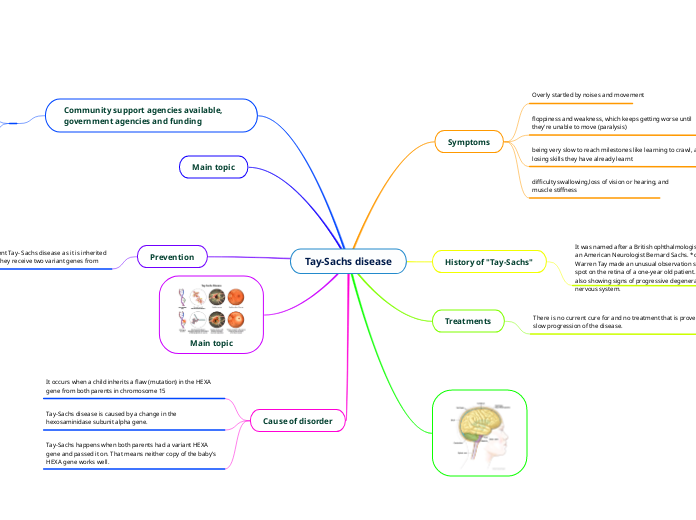Tay-Sachs disease
Symptoms
Overly startled by noises and movement
floppiness and weakness, which keeps getting worse until they're unable to move (paralysis)
being very slow to reach milestones like learning to crawl, and losing skills they have already learnt
difficulty swallowing,loss of vision or hearing, and
muscle stiffness
History of "Tay-Sachs"
It was named after a British ophthalmologist Warren Tay and an American Neurologist Bernard Sachs. *discovered in 1881* Warren Tay made an unusual observation seeing a cherry red spot on the retina of a one-year old patient. The patient was also showing signs of progressive degeneration of the central nervous system.
Neurologist: Specializes in treatment of diseases in the brain and spinal cord peripheral nerves and muscles.
Ophthalmologist: A doctor of medicine who specializes in the diagnosis and treatment of disorders of the eye.
Treatments
There is no current cure for and no treatment that is proven to slow progression of the disease.

Community support agencies available, government agencies and funding
The National Tay-Sachs & Allied Diseases Association (NTSAD) is a voluntary non-profit health organisation dedicated to the prevention and treatment of Tay-Sachs, Canavan and related genetic diseases.
Funding the Tay-Sachs gene therapy (TSGT) Consortium-In august 2009 the National Institution of Health awarded a 3.5-million grant to the Tay-Sachs Gene Therapy
Main topic
Prevention
There is no way to prevent Tay- Sachs disease as it is inherited from the parents when they receive two variant genes from the parents

Main topic
Cause of disorder
It occurs when a child inherits a flaw (mutation) in the HEXA gene from both parents in chromosome 15
Tay-Sachs disease is caused by a change in the hexosaminidase subunit alpha gene.
Tay-Sachs happens when both parents had a variant HEXA gene and passed it on. That means neither copy of the baby’s HEXA gene works well.
